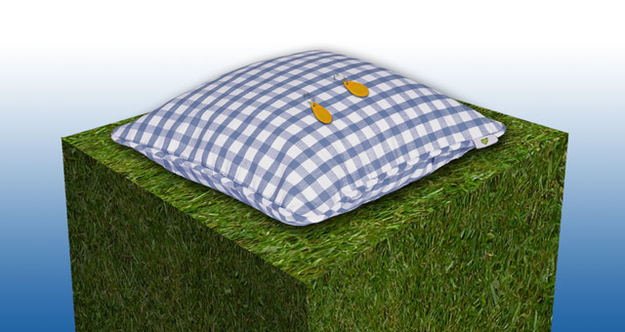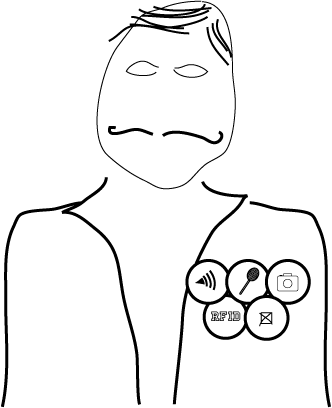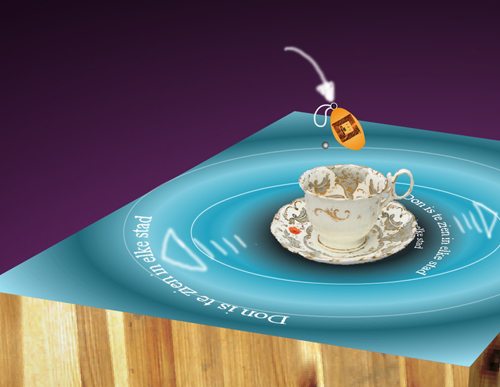Tim Olden from the interaction design collective Blendid is realizing the Connection Cushion. This project uses a mobile RFID reader in a cushion where people can connect on the spot through (a) physical object(s). You can hold your RFID badge on the cushion together with someone you want to be friends with to create a connection in the PICNIC network. Looking at the cushion from a social perspective, it is missing feedback. There is no direct reward. To make this object more social is to transform it from a connection tool to connection experience. Adding feedback in the form of vibration, glowing, lighting, or audio when a friendship is successfully made can turn RFID technology into a pillow experience. The question whether the feedback from the cushion should be subtle or strong has implications for the sociality of the object. Should it remain private? Or should it be visible for the public? Using strong feedback shows that people are connecting to a larger audience which makes it a more public experience. Tim argues the cushion should give subtle feedback. The act of making a friendship is and should be private, while the visibility of the connection on the online PICNIC network is public.
Jim Wood with his project Badge Collector, considered similar public versus private issues. What is the user experience Badge Collector should create? In the initial idea, you collect badges that show what you’ve done and are virtually visualized on a screen. In this form, the project is tending to an application that only shows your badges to yourself, while badges are a public thing. You wear badges to express an interest or affiliation and show it to other people. These virtual badges are therefore a problem, but can be technically solved. Instead of collecting the buttons virtually, you hold your RFID badge to a printer, print them out and wear them physically for everyone to see. Another issue addressed in relation to this project is whether or not this project fine-tunes the profile in the PICNIC network database. Should every badge have a keyword attached that can be added to the database? This way you are your profile, wearing visual keywords on your shirt. This also provides possibilities to create new links and recommendations of “people you should know” that have the same visual keywords.
Sketch5.jpg - Preliminary instructions, setup and physical construction.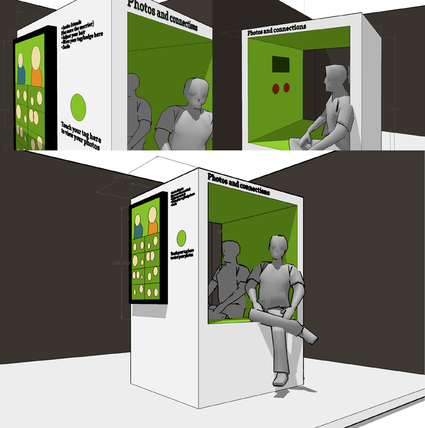
The Photo Booth project provides a visual glimpse into the PICNIC network. The act of making friends and connecting to people, which can also be done online, is made visual and concrete by taking a picture together. In addition to the team came up with another feature that provides a visual glimpse into the network. On the wall outside the booth the most recent friendships made by pictures are shown. If you touch the booth with your badge it shows your personal pictures last taken and the connections you made. Today the Photo Booth team had to address questions relating the enticement for people to get their picture taken. How does it encourage people to take pictures with lots of other people? What’s the incentive?
RFID privacy NOT - Why geo-tag photos if we can people-tag them?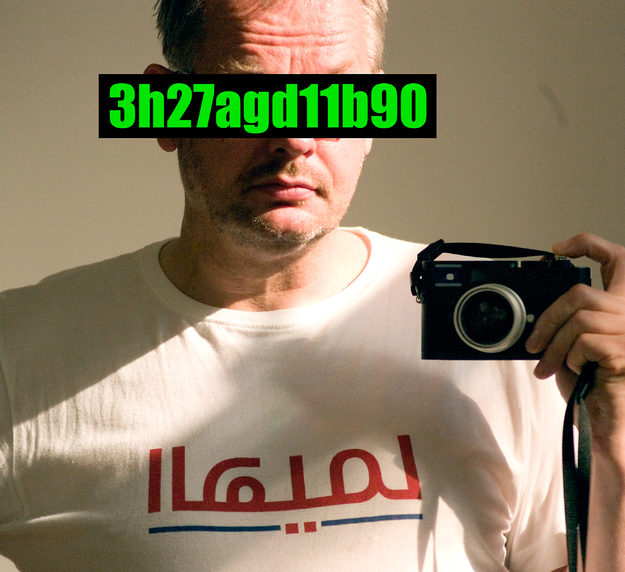
Don Blaauw asks, “How many tags do you own?” People generally don’t know that they have that many tags they keep with them and personal information they leave behind. Racket Reader addresses exactly this issue by scanning the tags you unnoticeably wear on you everywhere you go, such as the library pass, Dutch identification card and OV-chipknip.
Data Traces combines what the internet knows about you with personal information in your PICNIC network, confronting you with the information that is publicly available about you. This project touches you because it shows there are people that know more about you than you do. It also has a strong social aspect. During the first actual presentation of the data traces that can be generated, tested on the participants of the workshop, we began to socialize around it by discussing what the web says and knows about us. The combination of true and false information powerfully shows data mining issues. Although the project is now right on schedule, the team had to solve some technical feasibility issues. In the original plan the collected information was projected as a data cloud on the floor following you through a fixed area. In the context of the PICNIC event it is however unfeasible to get a fixed area that is dark enough to use a projection. The team solved this problem by creating a table, which has a surface that can display the data traces. Which makes it even more social because it becomes an immediate bar application, where people can gather around discussing their profiles.
Exit Poll is originally designed as a project where people vote on the content of a lecture by expressing the mood they’re in. The results of the poll influence the color outside the room according to the collective mood of the voters. Time and place are meaningful factors in this project. With the RFID badges time, place and mood can be stored and published online, generation statistics about the mood people were in after visiting the lectures. The question addressed in this session was what is more important, the statistics or the mood? It can also be installed in other places and function as a more general opinion / feeling meter. Also the question asked to visitors is opened for discussion. Should visitors just press a button whether they like it or not? Transforming into an evaluation instead of a reaction. If it’s just a red button a network from people that voted red then and there can be created.
Today the focus was on tweaking the concepts into culturally and socially important projects which are fun to do. How to engage people in the projects? What is the motivation for people to publish their connection on the web? What is the incentive to participate in the projects? It is not only the cool techy solutions that make people participate, but also the theatre around the projects that determine the user experiences.
